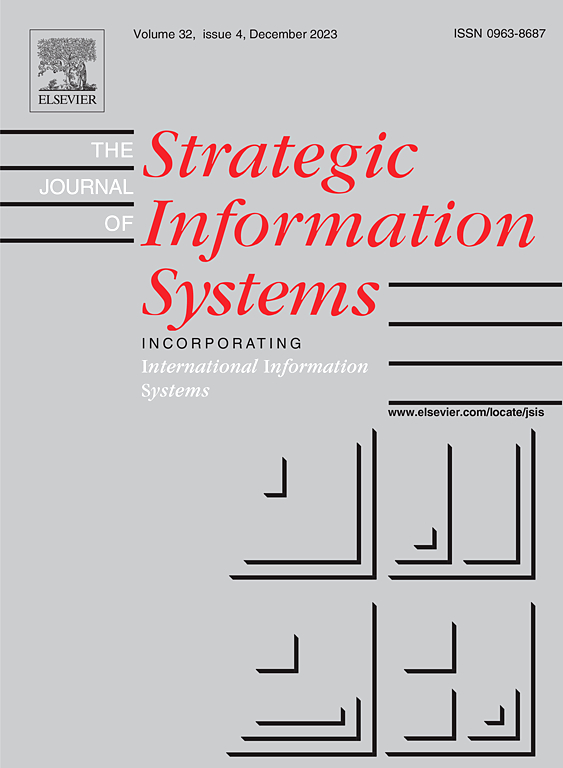基本矩阵相容性的几何解释
IF 1.1
4区 数学
Q4 COMPUTER SCIENCE, THEORY & METHODS
引用次数: 0
摘要
在最近的工作中,利用代数计算软件给出了4幅图像对应的6元基本矩阵组相容的精确代数条件,即存在4个相机,使得每一对都有相应的基本矩阵。进一步证明,当相机数量大于4个时,四pleplewise兼容性是足够的。我们通过证明相容的等价几何条件来扩展这些先前的结果。我们发现相容性可以通过其中一幅图像的极线相交来表征。本文章由计算机程序翻译,如有差异,请以英文原文为准。
Geometric interpretations of compatibility for fundamental matrices
In recent work, algebraic computational software was used to provide the exact algebraic conditions under which a six-tuple of fundamental matrices, corresponding to 4 images, is compatible, i.e., there exist 4 cameras such that each pair has the appropriate fundamental matrix. It has been further demonstrated that quadruplewise compatibility is sufficient when the number of cameras greater than 4. We expand on these prior results by proving equivalent geometric conditions for compatibility. We find that compatibility can be characterized via the intersections of epipolar lines in one of the images.
求助全文
通过发布文献求助,成功后即可免费获取论文全文。
去求助
来源期刊

Journal of Symbolic Computation
工程技术-计算机:理论方法
CiteScore
2.10
自引率
14.30%
发文量
75
审稿时长
142 days
期刊介绍:
An international journal, the Journal of Symbolic Computation, founded by Bruno Buchberger in 1985, is directed to mathematicians and computer scientists who have a particular interest in symbolic computation. The journal provides a forum for research in the algorithmic treatment of all types of symbolic objects: objects in formal languages (terms, formulas, programs); algebraic objects (elements in basic number domains, polynomials, residue classes, etc.); and geometrical objects.
It is the explicit goal of the journal to promote the integration of symbolic computation by establishing one common avenue of communication for researchers working in the different subareas. It is also important that the algorithmic achievements of these areas should be made available to the human problem-solver in integrated software systems for symbolic computation. To help this integration, the journal publishes invited tutorial surveys as well as Applications Letters and System Descriptions.
 求助内容:
求助内容: 应助结果提醒方式:
应助结果提醒方式:


